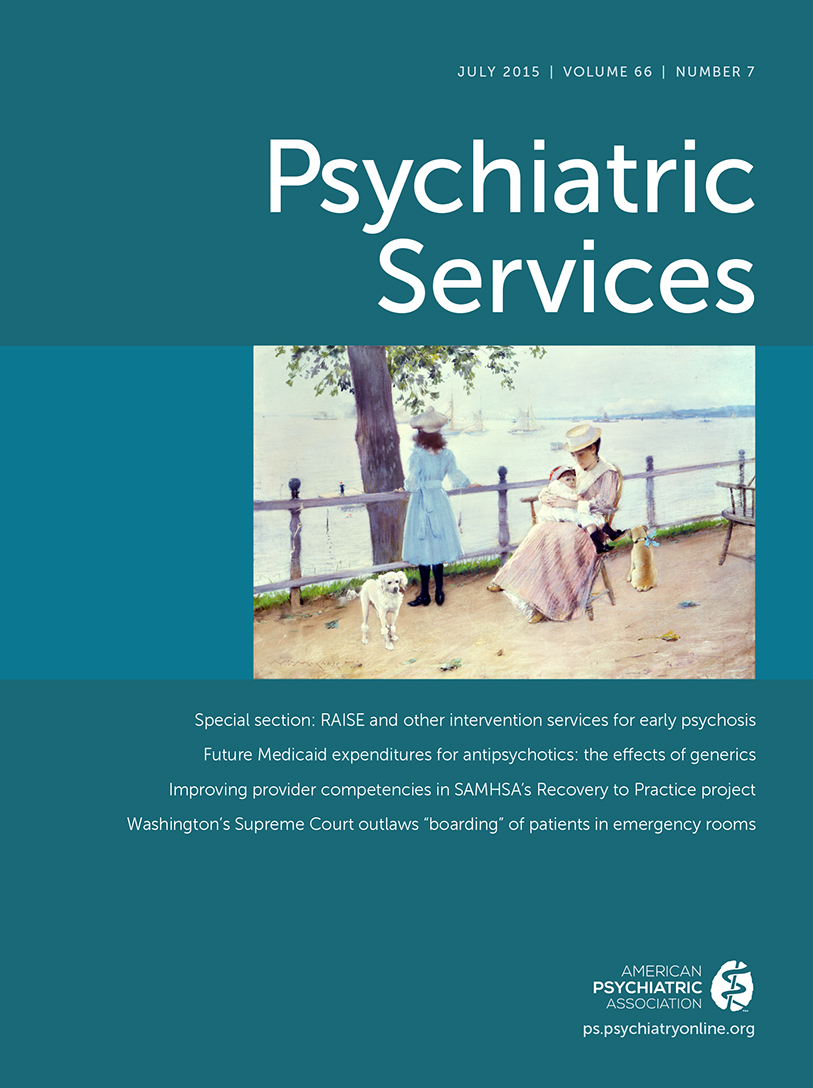Accelerating Science-to-Practice for Early Psychosis
It takes approximately 17 years for research findings to influence clinical practice, and even longer for a scientific discovery to have an impact on public health. Seventeen years also falls within the lower bound of the age of onset for schizophrenia, a devastating mental disorder characterized by recurrent psychotic episodes and accumulating disability. To improve outcomes for young adults with early psychosis, NIMH launched the Recovery After an Initial Schizophrenia Episode (RAISE) initiative in 2008. The goals were to develop a comprehensive, person-centered intervention for first-episode psychosis (FEP), test it in U.S. community treatment settings, and expedite dissemination, adoption, and implementation of promising findings.
Rapid uptake of evidence-based interventions can occur when clinical research purposefully bridges gaps between service users’ needs, scientific curiosity, and policy makers’ concerns. The RAISE funding announcement took this into account and required investigators to establish partnerships with principal stakeholders—that is, service users, family members, clinicians, and health care administrators—at every stage of the research process. RAISE investigators studied implementation processes alongside outcomes and developed training and program materials to support the establishment of coordinated specialty care (CSC) programs in community clinics. The articles and columns in the special section suggest notable progress after only seven years—a decade earlier than the often cited 17 years—because they address implementation challenges and answer questions about feasibility, accountability, acceptability, effectiveness, and sustainability.
Is it feasible to implement CSC programs in routine settings? Yes. The articles by Dixon and colleagues and by Mueser and colleagues each describe team-based multicomponent programs for FEP. Across the two RAISE studies, 19 new CSC programs were established by training community mental health providers in stage-specific care for FEP.
Can treatment fidelity be monitored in a practical way? Yes. The Best Practices column by Essock and colleagues describes an approach to CSC fidelity monitoring that uses information drawn from readily available data, such as routine service logs. Practical approaches to fidelity monitoring may be cost-effective and can provide an ongoing data source for quality improvement activities.
Will young adults with FEP engage in treatment? Yes. Less than 10% of RAISE Connection participants dropped out over two years. Lucksted and colleagues highlight several features that promoted engagement: the individualized, flexible, and recovery-focused nature of treatment; the emphasis on shared decision making; and the availability of services such as supported employment and education.
Are CSC programs effective? Yes. After one year of treatment, Srihari and colleagues found fewer hospitalizations and higher vocational engagement among CSC patients compared with those in usual care. Likewise, over two years, Dixon and colleagues noted significant improvements in symptoms, social functioning, and school and work activity among Connection Program participants.
Are CSC programs sustainable? Perhaps. In the Research & Services Partnerships column, Essock and colleagues describe how state mental health authorities in New York and Maryland supported implementation, evaluation, and expansion of the Connection Program. Involvement in RAISE influenced each state’s decision to commit funds to extend early intervention services. The novel three-part financing model proposed by Frank and colleagues in the Economic Grand Rounds column offers another strategy for achieving sustainability: a payment system that rewards delivery of high-quality FEP care.
These articles and columns convey hope that integrated and effective care for FEP is possible in the United States. As CSC programs multiply, we must anticipate new challenges that might reduce the public health impact of early intervention programs. Addington and colleagues’ brief report reminds us that many persons with FEP endure long periods of untreated psychosis, which augurs poorly for long-term recovery. Ouellet-Plamondon and colleagues in Canada alert us to potential disparities in access among minority groups and the need for different engagement strategies. Close partnerships between investigators and stakeholders will be critical for further progress. Through dynamic partnerships and ongoing collaboration, we should strive to make 17 years the age at which psychosis is prevented.



